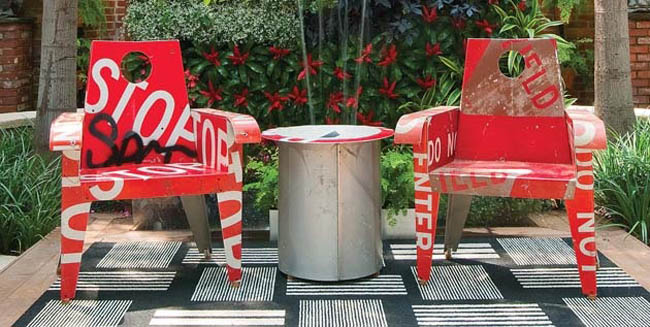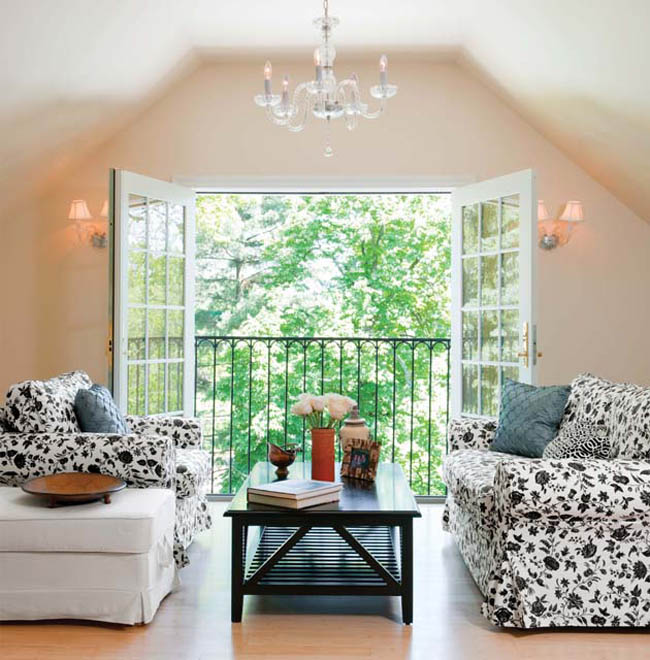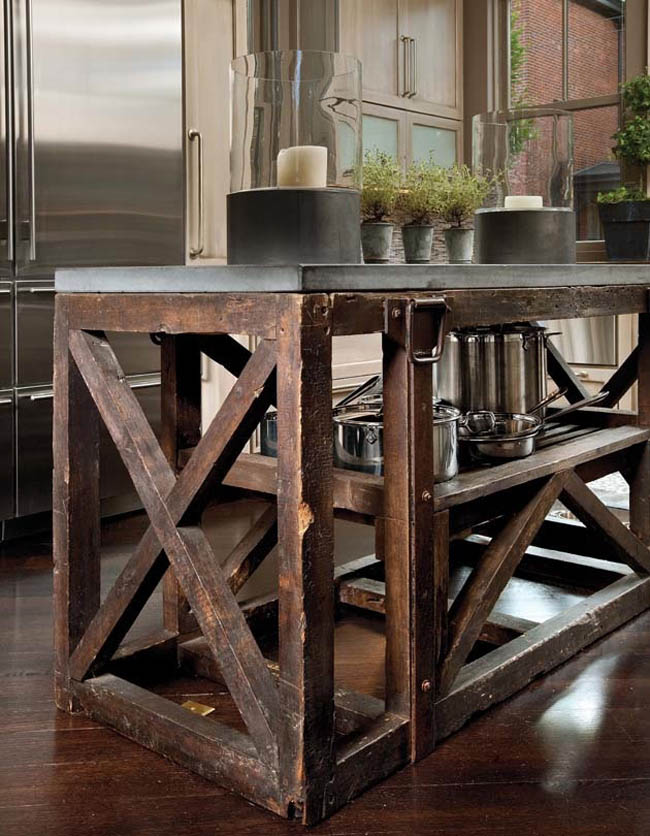Repurposing-inspirational stores are recycling meccas for the eco-savvy, creative, and adventurous homeowner. When patrons visit these stores, they hopefully walk out with a treasure that will tell a story about its past and foretell of its owner’s future ingenuity. These stores help us to save memories and to avoid waste.
A patron usually has one of three different general ideas for their treasure. One, they will reuse the item as it was originally designed such as a bathroom sink relocated to a new home.
Secondly, the item could be generally used in the same way, but located creatively such as older kitchen cabinets used for a laundry room.
Thirdly, purchased items can be used for completely unique purposes such as an old door used for a table top.
Store owners receive donations or arrange special purchases from people that own buildings that are either renovated or demolished.
In fact, these store owners are a type of hero that goes into areas where building materials would normally be sent to the landfill and they gather it all up and take it back to their store to clean and organize so that it can be purchased, often for only a fraction of its original price.
The variety of acquired materials ranges from basic architectural supplies, such as over-ordered items to vintage light fixtures, decorative banisters, and century-old oak wood trim. On one hand, excessive building supplies are reused rather than wasted. On the other hand, special architectural features and history are preserved. “You can look at some of our items and recognize that we are keeping the city’s history alive,” says Lisa Doxsee, communications manager of Building Value in Cincinnati, Ohio.
Unpredictability must be seen as an opportunity more than as a challenge. “Often times, the items are ‘project starters,’” says Doxsee. Items move quickly, so your project ideas must be flexible. Some of the most common challenges include finding items that are the correct size for their intended repurposed locations and functions. For example, if a homeowner plans to purchase a vintage sink for their bathroom remodel, it may take several weeks before finding the sink that has the desired style and the specific size needed. Sometimes traveling from store to store or making a trip to another city is needed, if you do not have a time constraint. In this case, flexibility and planning ahead are key strategies for a repurposing project.
It is so much easier to purchase a new coffee table from a furniture store rather than to make enormous efforts creating a coffee table out of unusual sorts of salvaged materials. There are advantages, however, and rewards for ingenuity and hard work. For a college student, the repurposed coffee table may better fit their budget. For the artist, the coffee table will engender a dearness that comes only from building a vision. For the eco-savvy homeowner, repurposing is one of the most enjoyable ways to improve the environment by diverting waste from the landfill.
Aside from frequenting a repurposing store for a home project, store owners have noted high school students come to find supplies for theatrical settings, artists find reclaimed materials for sculptures, jewelry, and furniture, and entrepreneurs such as restaurant-owners find the unique items they need to create a fun and swanky interior design.
Artists around the world are busy creating one-of-a-kind pieces with unique materials and supplies.
Resources such as magazines and blogs are useful for the creative repurposing homeowner.
If inspiration comes easy, but fulfilling the inspiration is a challenge, there are contractors and specialized furniture companies that can construct the project. “We have posted photographs of ideas that our patrons have shared with us to help shoppers come up with their own ideas,” says Chris Sauer, owner of Columbus Architectural Salvage.
Employees and store owners are also great resources for the patron who needs guidance with creativity, inspiration, and/or the realization of the project.
Some extreme designers have taken repurposing to another level by renovating an entire kitchen by using all salvaged and reclaimed materials. In this case, mixing up materials is a key design element. It would also take careful thinking and purchasing so that the project’s materials are all purchased in advance before beginning construction. Take care to recognize personal dangers, such as lead paints, that may coat many of the best items in the store.
No matter how large or small the project, there is great satisfaction to be found when saving waste and creativity meet. Whether or not you plan to use materials from a reuse store, it would be of great value to think about donating your items because, “Deconstruction is simply the right thing to do. It creates jobs, it reduces the amount of waste going to our landfills, it saves valuable natural resources and it preserves architectural antiques that are abundant in historical buildings,” says Jerry Janszen, director of Building Value in Cincinnati.
















